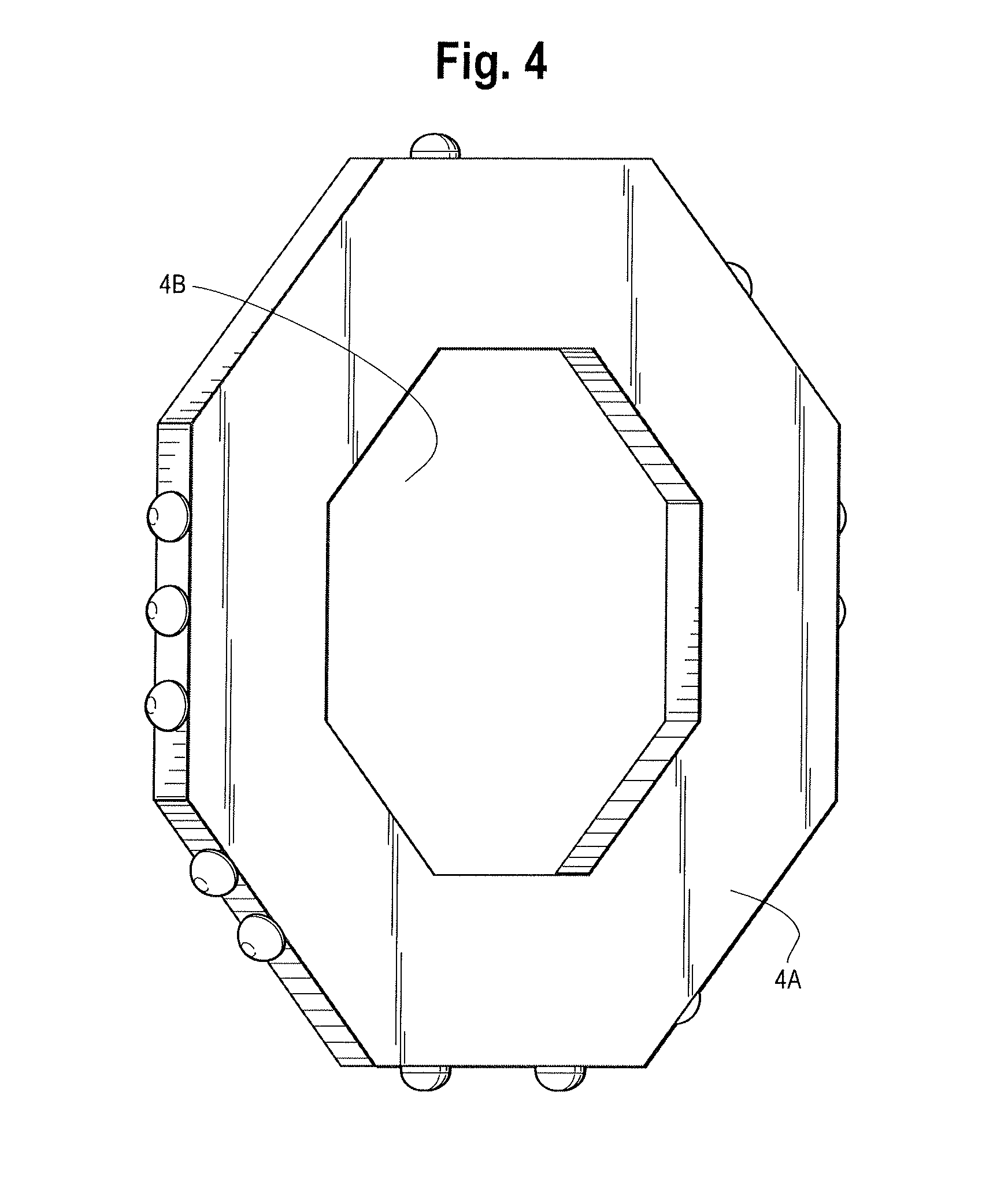Refreshable braille display
a technology of electronic braille and display screen, which is applied in the field of electronic braille display, can solve the problems of individual abandonment, technology has not yet reached a point where it can be said to have met, and other similar attempts have not been able to achieve the same natural readability and convenience that the simulation of traditional braille text provides
- Summary
- Abstract
- Description
- Claims
- Application Information
AI Technical Summary
Benefits of technology
Problems solved by technology
Method used
Image
Examples
Embodiment Construction
[0044]Set forth below is a description of what are believed to be the preferred embodiments and / or best examples of the invention claimed. Future and present alternatives and modifications to this preferred embodiment are contemplated. Any alternatives or modifications which make insubstantial changes in function, in purpose, in structure, or in result are intended to be covered by the claims of this patent.
[0045]The present invention is based on the concept of forming Braille text using a series of actuators (such as but not limited to rotating discs, or sliding panes) with faces selectable from a pool containing all possible Braille characters, instead of dynamically generating / creating the Braille character to be displayed. When the actuators are configured with the chosen Braille character and placed into a desired location, the resulting array of actuators can be read from left-to-right, for example, so that readable text is displayed. However, given that Braille text includes ...
PUM
 Login to View More
Login to View More Abstract
Description
Claims
Application Information
 Login to View More
Login to View More - R&D
- Intellectual Property
- Life Sciences
- Materials
- Tech Scout
- Unparalleled Data Quality
- Higher Quality Content
- 60% Fewer Hallucinations
Browse by: Latest US Patents, China's latest patents, Technical Efficacy Thesaurus, Application Domain, Technology Topic, Popular Technical Reports.
© 2025 PatSnap. All rights reserved.Legal|Privacy policy|Modern Slavery Act Transparency Statement|Sitemap|About US| Contact US: help@patsnap.com



